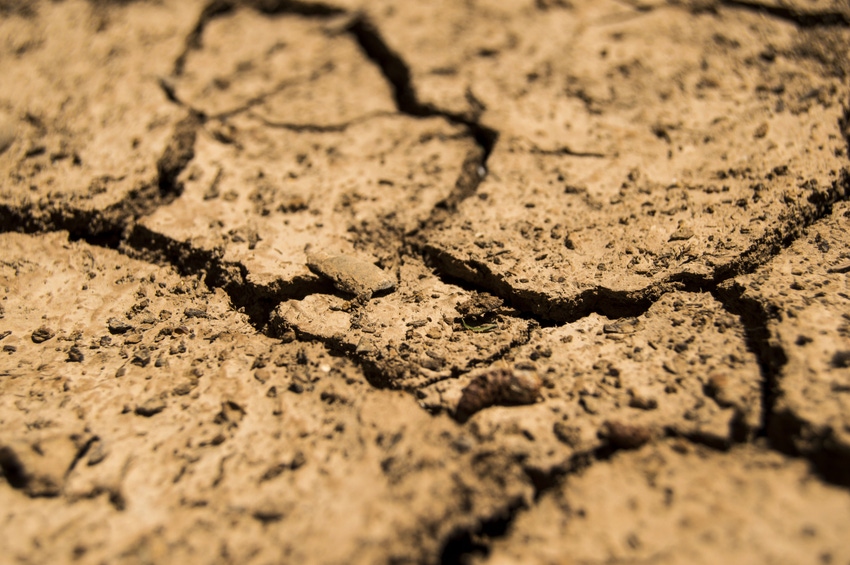Drought intensifies in the West
Short-term drought intensification in the Northwest has impacted agriculture.
2 Min Read

About the Author(s)
Subscribe to Our Newsletters
Feedstuffs is the news source for animal agriculture
You May Also Like
Short-term drought intensification in the Northwest has impacted agriculture.

You May Also Like